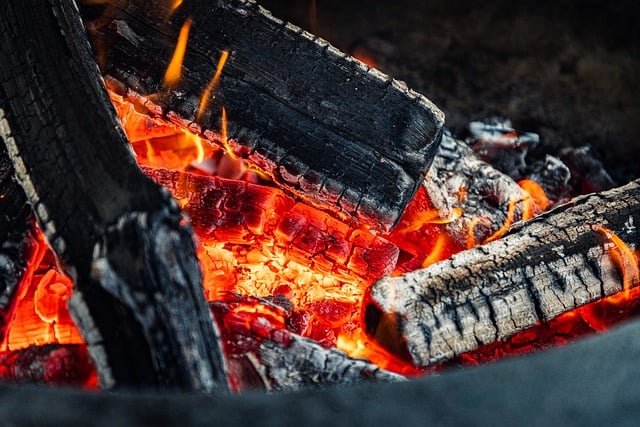Firewood: A Traditional Heating Source for Homes
Firewood has been a fundamental source of heat for homes throughout human history. This natural, renewable resource continues to play a significant role in home heating, especially in rural areas and regions with abundant forest resources. As more people seek sustainable and cost-effective heating options, firewood remains a popular choice for many households.

-
Tree selection and felling
-
Cutting the trunk and large branches into manageable lengths
-
Splitting the logs into smaller pieces
-
Seasoning or drying the wood to reduce moisture content
The type of wood used for firewood can vary depending on the region and available tree species. Hardwoods like oak, maple, and hickory are often preferred for their high heat output and long burn times, while softwoods like pine and cedar can be used for kindling or quick, hot fires.
What are the benefits of using firewood for home heating?
Using firewood as a heating source offers several advantages for homeowners:
-
Cost-effectiveness: In many areas, firewood can be a more affordable heating option compared to electricity, natural gas, or heating oil.
-
Renewable resource: When sourced responsibly, firewood is a sustainable and carbon-neutral fuel option.
-
Independence from the power grid: Firewood provides heat even during power outages.
-
Ambiance and comfort: Many people enjoy the warmth and atmosphere created by a wood fire.
-
Versatility: Firewood can be used in various heating appliances, from traditional fireplaces to modern wood stoves.
However, it’s important to note that using firewood also requires more effort in terms of storage, handling, and maintenance compared to other heating methods.
How do you properly store and season firewood?
Proper storage and seasoning of firewood are crucial for achieving optimal burning efficiency and reducing smoke emissions. Here are some key guidelines:
-
Stack firewood in a dry, well-ventilated area: Ideally, store wood off the ground on pallets or racks to prevent moisture absorption.
-
Cover the top of the woodpile: Use a tarp or shed roof to protect the wood from rain and snow while allowing air circulation on the sides.
-
Allow for adequate seasoning time: Most hardwoods require 6-12 months of drying time to reach the optimal moisture content of 20% or less.
-
Split logs before stacking: This increases the surface area exposed to air, speeding up the drying process.
-
Rotate your firewood supply: Use older, well-seasoned wood first and replenish your stock regularly.
Properly seasoned firewood burns more efficiently, produces less smoke, and generates more heat compared to green or unseasoned wood.
What types of heating appliances use firewood?
Various heating appliances can utilize firewood as a fuel source:
-
Traditional fireplaces: Open hearths that provide ambiance but are often less efficient for heating.
-
Wood stoves: Enclosed, freestanding units that offer higher efficiency and heat output.
-
Fireplace inserts: Efficient units designed to fit into existing fireplace openings.
-
Masonry heaters: High-mass stoves that store and slowly release heat over long periods.
-
Outdoor fire pits and chimineas: For recreational use and limited outdoor heating.
Each type of appliance has its own advantages and considerations in terms of efficiency, heat output, and installation requirements.
What are the environmental considerations of using firewood?
While firewood is a renewable resource, its use does have environmental implications that should be considered:
-
Air quality: Burning wood releases particulate matter and other pollutants, which can affect local air quality.
-
Carbon emissions: Although considered carbon-neutral when sourced sustainably, the burning process does release carbon dioxide.
-
Forest management: Responsible harvesting practices are essential to maintain forest health and biodiversity.
-
Transportation: The environmental impact of transporting firewood should be considered, especially for long distances.
To minimize negative environmental impacts, users should:
-
Burn only dry, seasoned wood
-
Use efficient, EPA-certified wood-burning appliances
-
Follow local regulations regarding wood burning, especially during air quality alerts
-
Source firewood locally to reduce transportation emissions
By following these practices, firewood can be a relatively environmentally friendly heating option, particularly in areas with abundant forest resources.
In conclusion, firewood remains a viable and traditional heating source for many homes. Its renewable nature, cost-effectiveness, and the comforting ambiance it provides make it an attractive option for those willing to invest the time and effort in proper wood management. While there are environmental considerations to keep in mind, responsible use of firewood can be part of a sustainable home heating strategy.






